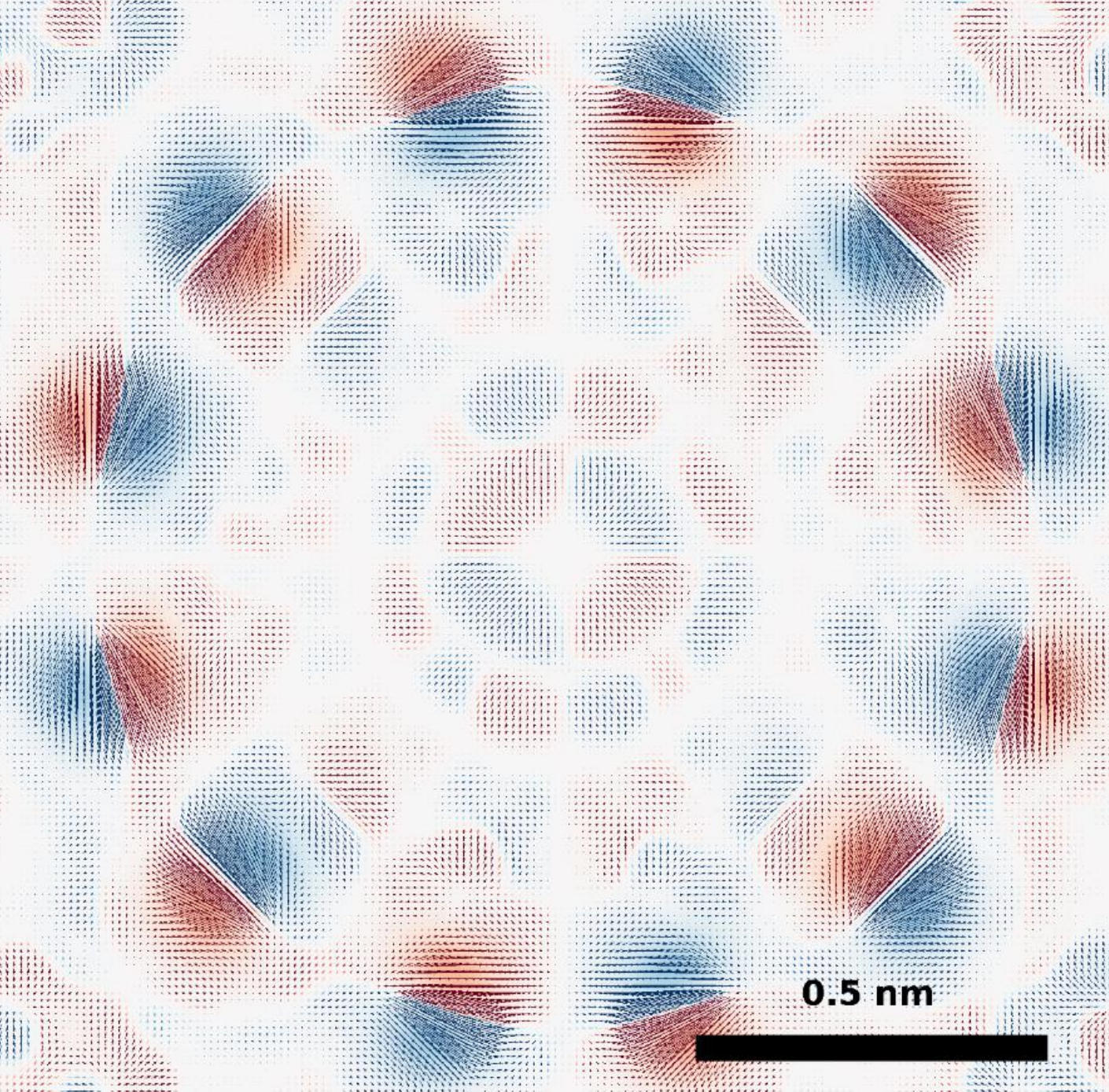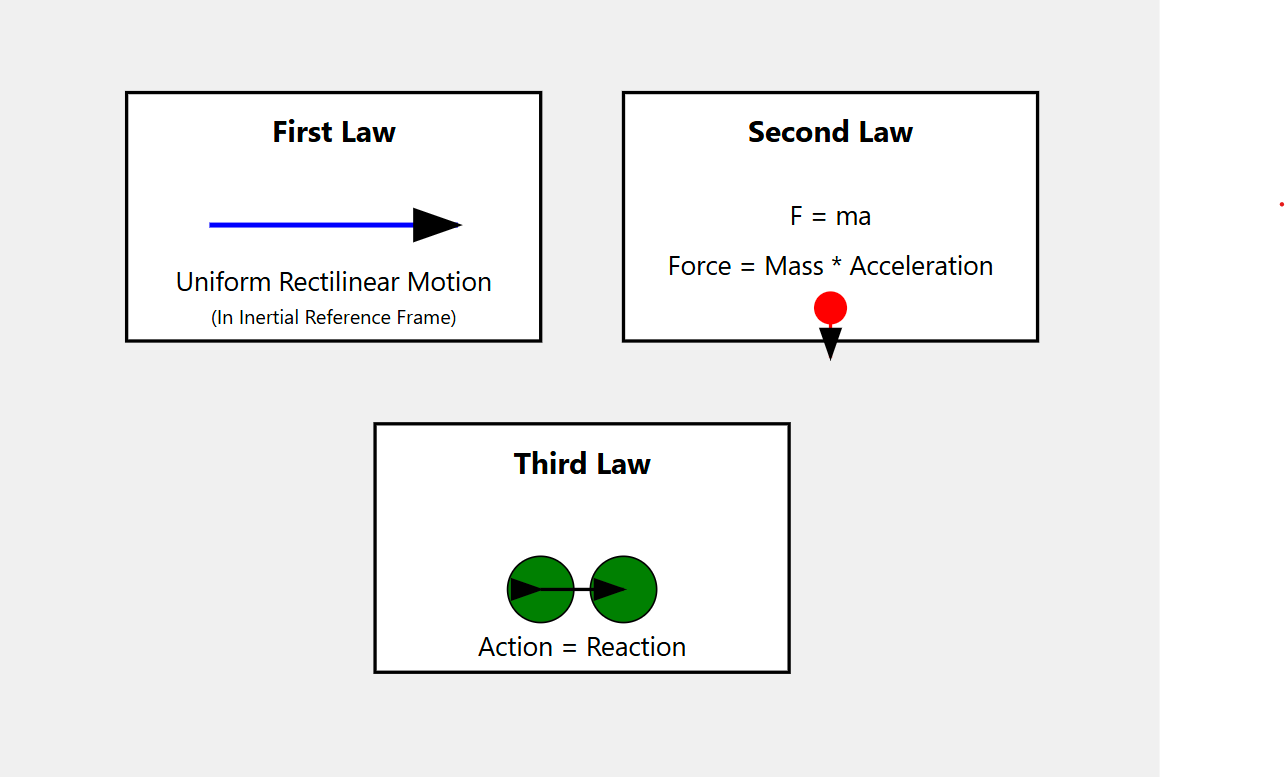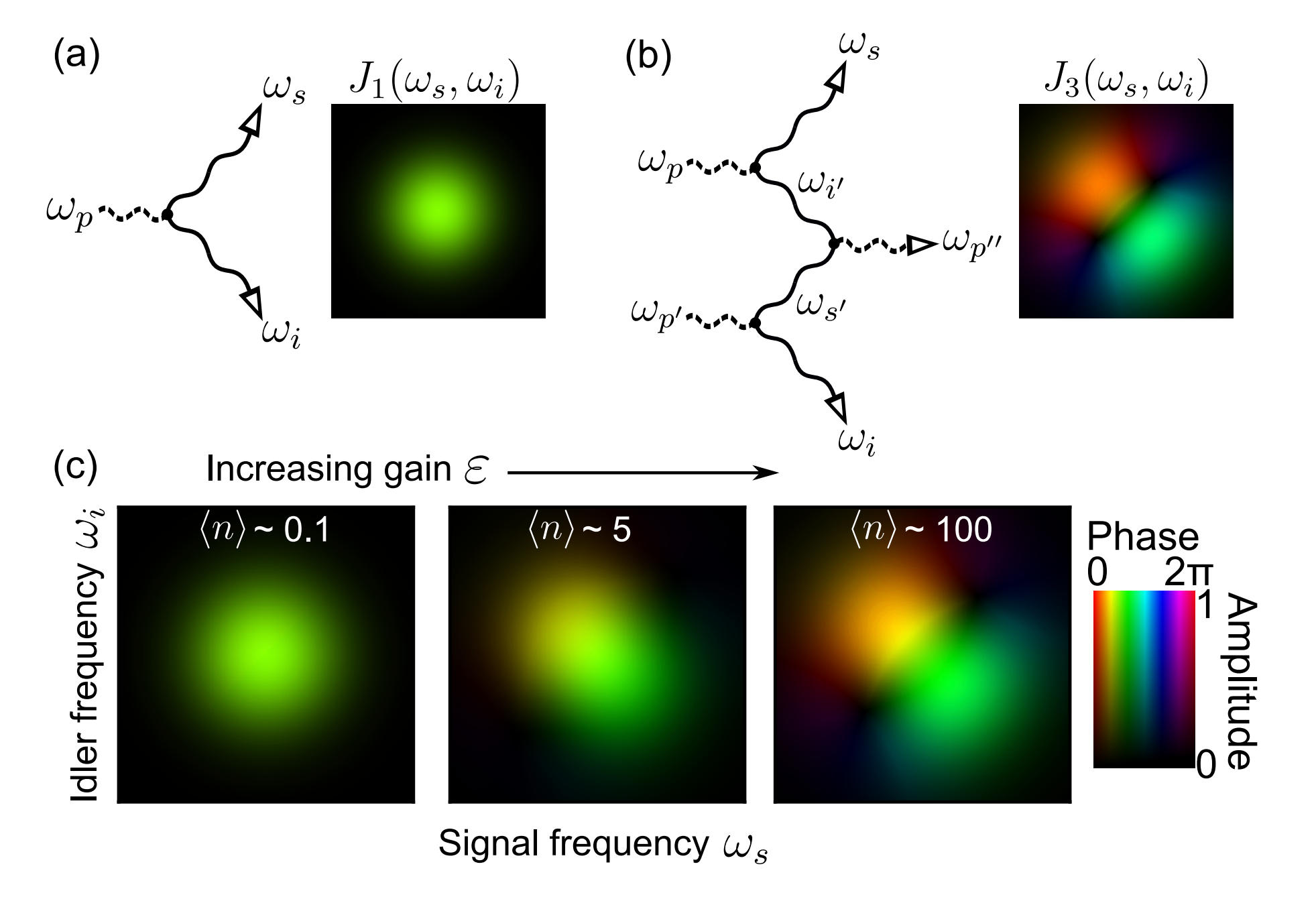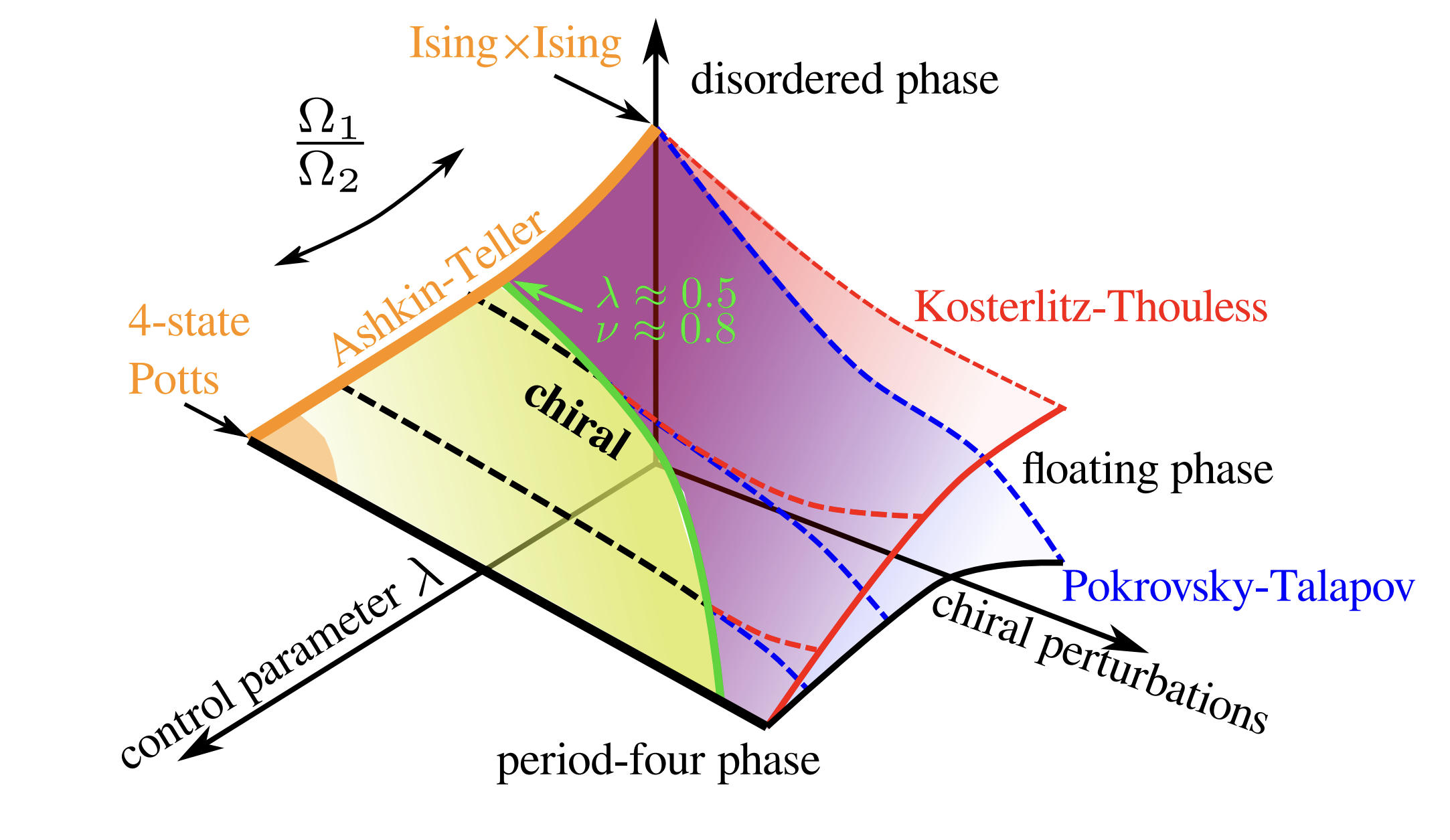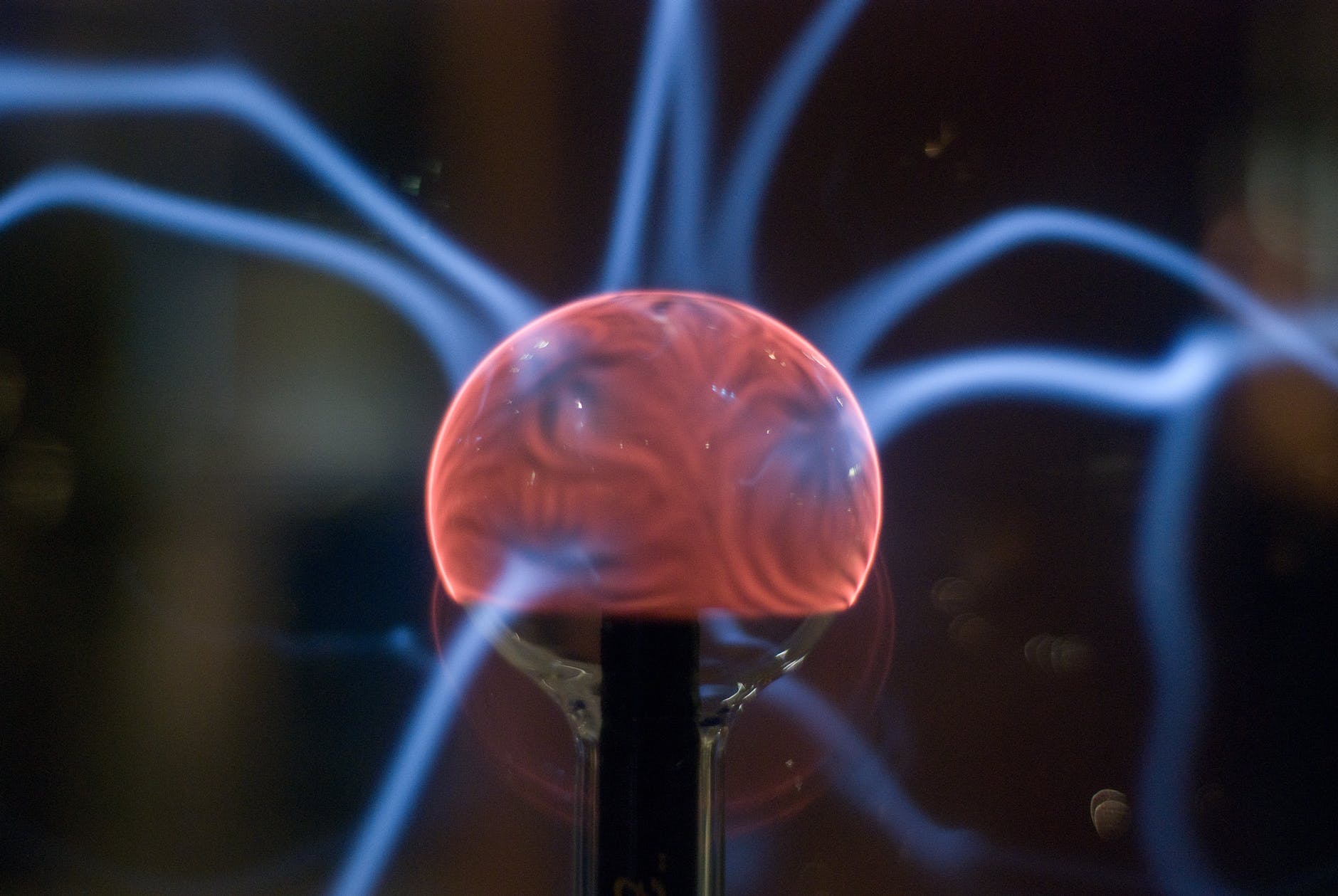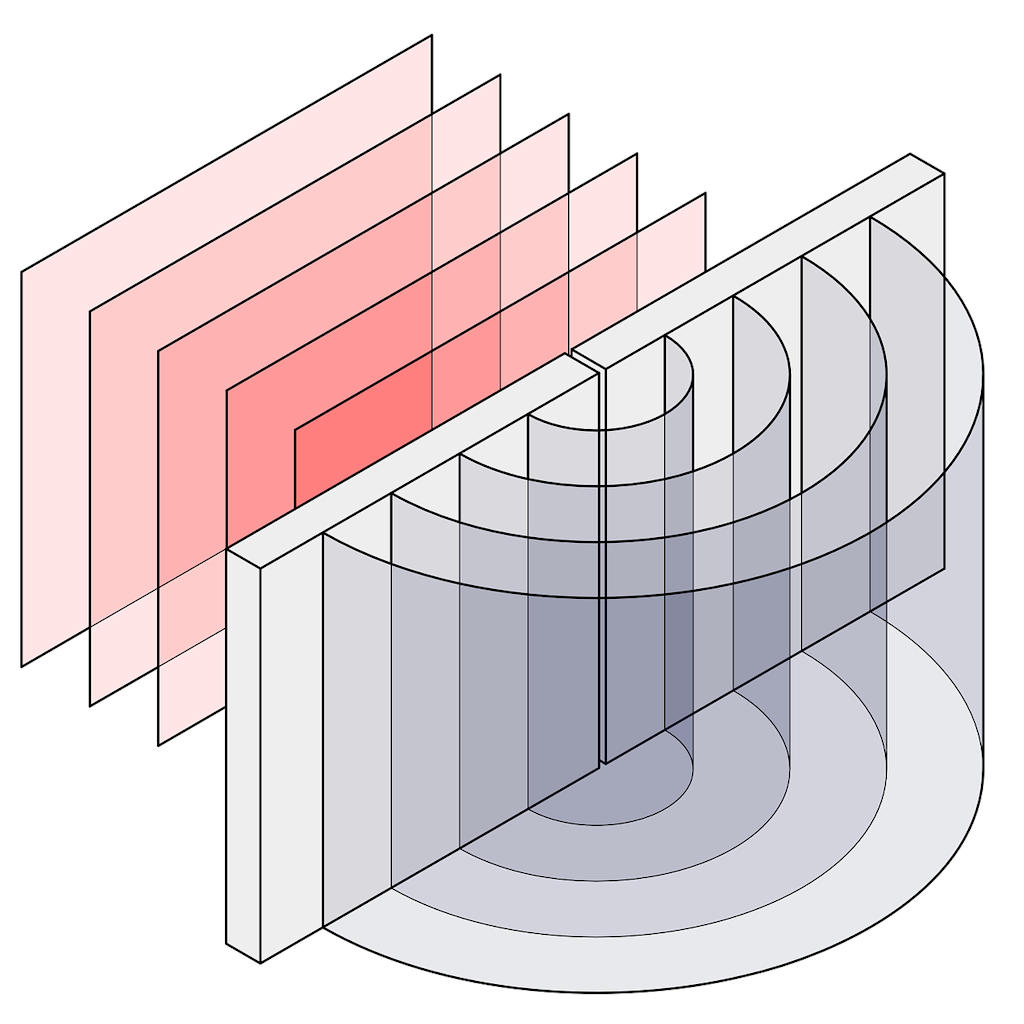Modern science continually searches for innovative avenues to reshape the landscape of electronics and computing. In recent years, two-dimensional (2D) materials, such as graphene, have captured global attention as researchers explore their extraordinary properties. Now, a breakthrough by Professor Ly Thuc Hue’s team at the City University of Hong Kong (CityUHK) marks another pivotal moment in this rapidly evolving field.
For decades, advanced electronic structures have been fabricated using methods that are both intricate and costly. These approaches relied on precise deposition of thin layers, sophisticated technological procedures, and near-surgical control of material parameters. In stark contrast, Professor Ly’s group has proposed a fundamentally simpler strategy—twisting bilayer 2D materials to generate a vortex electric field.
Ice-Assisted Transfer Technology
A key innovation in this work is an ice-assisted transfer technique, which overcomes long-standing challenges in the fabrication of complex nanostructures. By employing this method, the researchers achieved a pristinely clean interface between the layers and full tunability of the twist angle, ranging from 0 to 60 degrees. Moreover, this approach reduces both the cost and complexity of the production process, making it significantly more accessible.
According to Professor Ly, creating a vortex electric field previously required cumbersome, expensive methods. Their research demonstrates that simply adjusting the rotational alignment between two 2D layers can achieve this remarkable effect. Moreover, their experiments revealed the formation of a quasicrystal—a structure that, despite its non-periodic pattern, exhibits a highly organized atomic arrangement. Such quasicrystals have exceptional physical properties, making them particularly promising for advanced technological applications. Employing four-dimensional transmission electron microscopy (4D-TEM), the team tracked changes at the atomic scale, thereby gaining crucial insights into the mechanisms underlying vortex electric field formation.
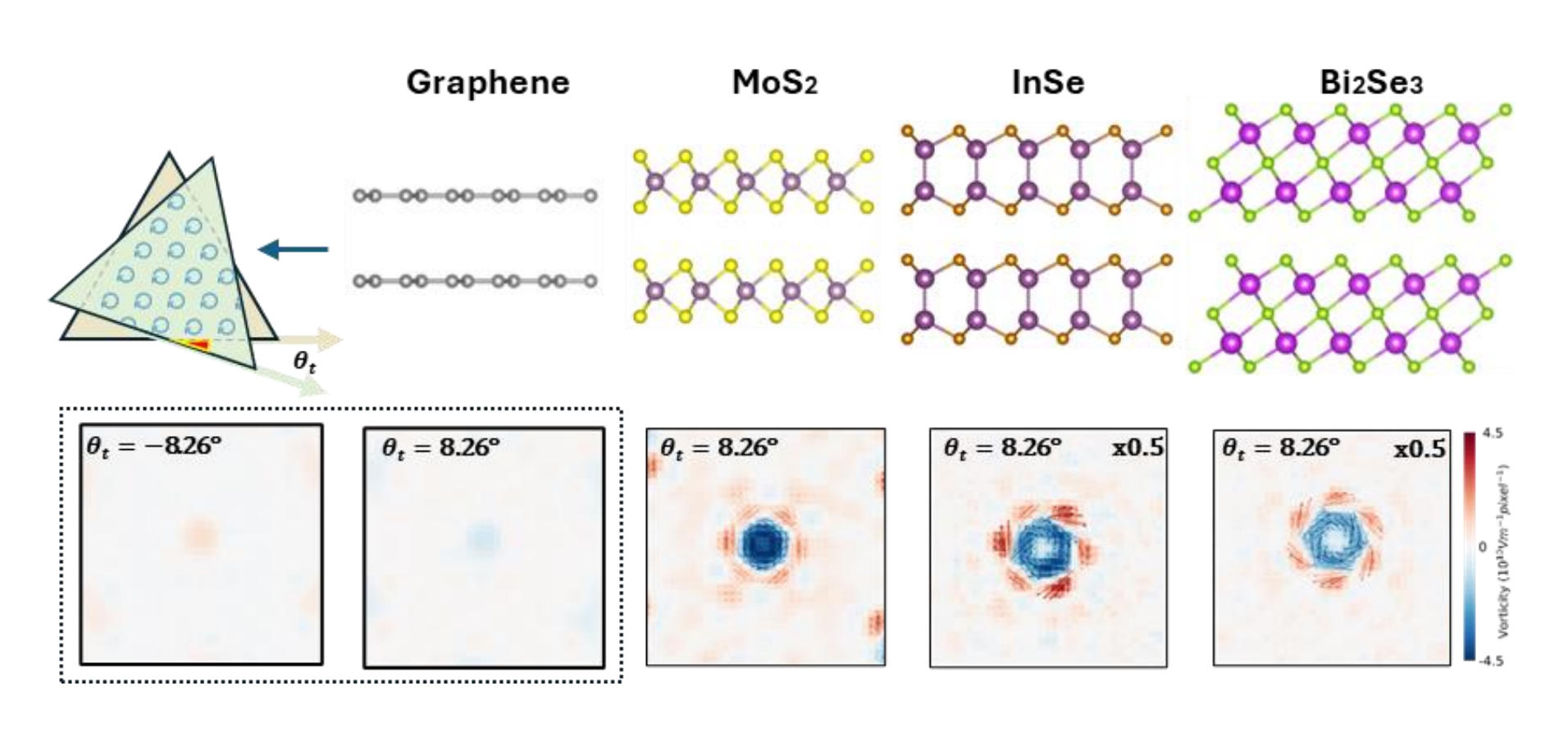
Various Types of Twisted 2D Materials. This illustration shows simulated vortex signals in different two-dimensional materials when arranged into a bilayer system twisted by 8.26°. Rotating the upper component clockwise with respect to the lower layer in a van der Waals material stack induces a clockwise momentum transfer, visible in the convergent-beam electron diffraction (CBED) pattern. This pattern is typically depicted as a blue vortex, with a black arrow indicating the center-of-mass direction. The dashed rectangle highlights a pair of graphene results obtained at −8.26° and +8.26°, respectively
Potential Directions for Application
The implications of this discovery span several frontier areas in science and technology. In quantum computing, for example, controlling vortex electric fields could improve the stability and performance of computational architectures. In spintronics, mastering this phenomenon may open the door to unprecedented control over electron spin states, enabling new, more efficient methods of data storage and transfer.
Nanotechnology stands to benefit greatly as well. The ability to craft materials with uniquely tailored properties, guided by these newly understood principles, may yield advanced microelectronic solutions that were once deemed unattainable. This transformative control at the nanoscale could lead to the development of next-generation sensors, memory devices, and other quantum technologies.
Professor Ly’s team remains eager to explore further possibilities. Their plans include experimenting with additional layers, testing a wider range of 2D materials, and seeking out new, still-unknown technological applications. It is important to recognize that uncovering vortex electric field phenomena is not just another incremental advancement—it may signal the emergence of an entirely new domain of research in nanotechnology and quantum electronics. Such progress could ultimately reshape our understanding of fundamental physical processes at the molecular level.
As reported in the prestigious journal Science, these findings underscore a significant leap forward in mastering the complexity of advanced material systems. As Professor Ly emphasizes, this discovery could inspire a fresh approach to designing electronic devices, memory systems, quantum platforms, and sensory technologies. The future belongs to those who fuse interdisciplinary knowledge, challenge established paradigms, and boldly venture into previously uncharted territories of scientific inquiry.
Source: https://phys.org/news/2024-12-vortex-electric-field-discovery-impact.html

